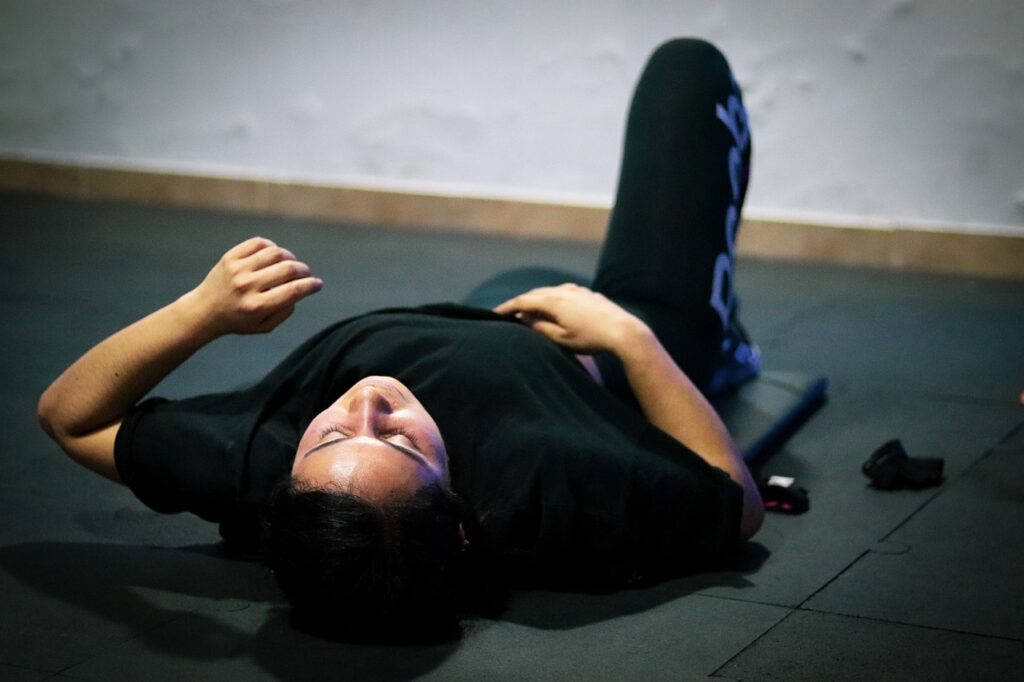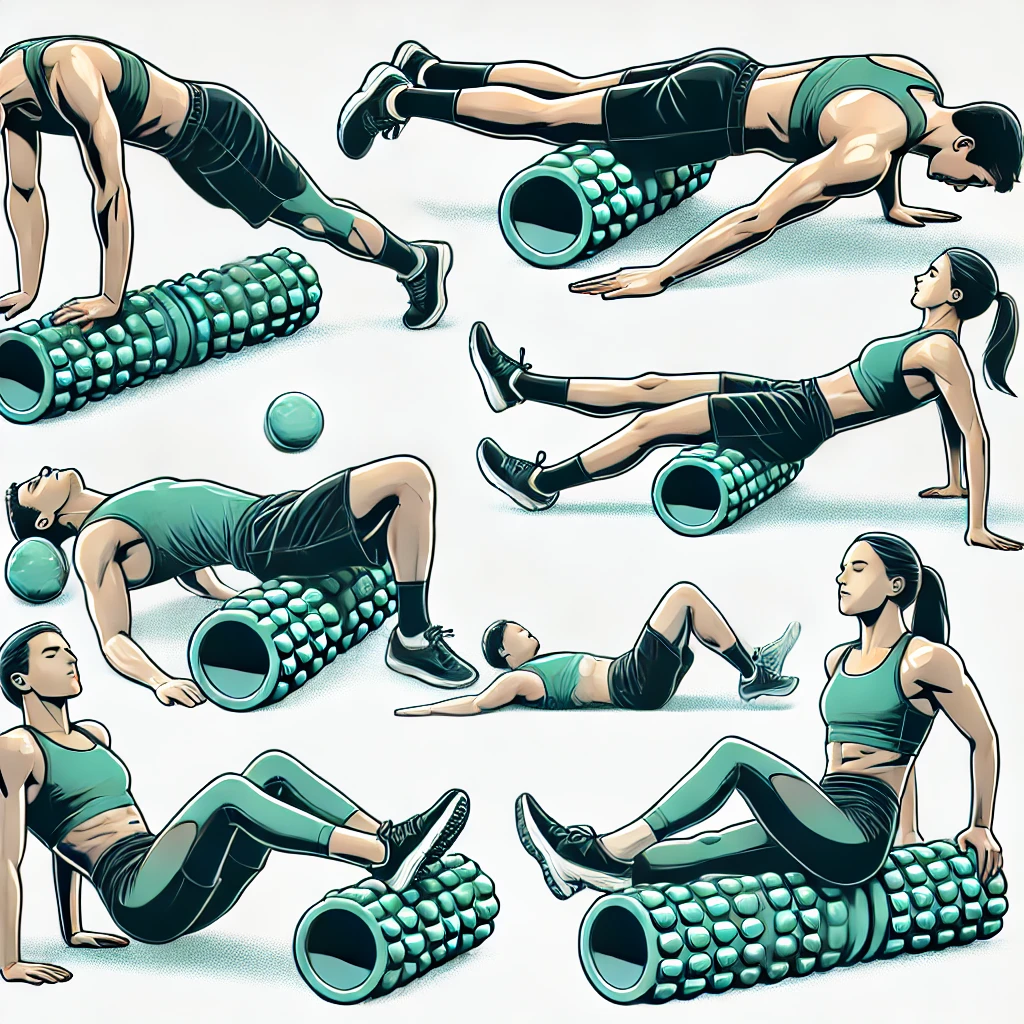Post-workout recovery is an essential part of any fitness routine. Whether you’re a professional athlete or a casual gym-goer, how you recover after exercise can impact your performance, reduce the risk of injuries, and improve overall well-being. Many people focus solely on training intensity but neglect the importance of recovery strategies. This guide will help you understand why recovery matters and introduce effective methods to optimize your post-workout routine.
Why Is Post-Workout Recovery Important?
When you exercise, your muscles experience microscopic damage, which leads to inflammation and soreness. The body then repairs and strengthens these muscles, making them more resilient. Proper recovery helps:
- Reduce muscle soreness and stiffness
- Restore energy levels
- Improve flexibility and mobility
- Prevent injuries
- Enhance overall athletic performance
Ignoring recovery can lead to burnout, overtraining syndrome, and even chronic injuries. By implementing smart recovery strategies, you can train more efficiently and maintain long-term progress.

Key Components of Post-Workout Recovery
1. Cool Down and Stretching
A proper cool-down helps lower your heart rate gradually and prevents dizziness or sudden drops in blood pressure. Active recovery, such as light jogging or walking for five to ten minutes, can help clear lactic acid buildup in muscles.
Stretching after a workout improves flexibility and reduces muscle tightness. Focus on dynamic stretching before exercise and static stretching afterward. Key areas to stretch include:
- Hamstrings
- Quadriceps
- Shoulders
- Lower back
- Calves
2. Hydration
Water plays a crucial role in muscle recovery by regulating body temperature, transporting nutrients, and removing waste products. After a workout, rehydrate with:
- Water (for moderate-intensity workouts)
- Electrolyte drinks (for high-intensity or long-duration workouts)
Dehydration can cause fatigue, muscle cramps, and delayed recovery. Aim to drink enough water based on sweat loss and exercise intensity.
3. Nutrition for Recovery
Refueling after a workout is essential for muscle repair and energy restoration. Your post-workout meal should include:
- Protein: Helps repair muscle tissue (e.g., chicken, fish, eggs, plant-based protein)
- Carbohydrates: Replenishes glycogen stores (e.g., brown rice, sweet potatoes, fruits)
- Healthy Fats: Supports overall recovery (e.g., avocados, nuts, olive oil)
A well-balanced post-workout meal should be consumed within 30 to 60 minutes after exercise for optimal results. Smoothies, protein shakes, and nutrient-dense meals are great options.
4. Foam Rolling and Self-Myofascial Release
Foam rolling, also known as self-myofascial release, helps relieve muscle tightness, improve circulation, and enhance flexibility. Common foam rolling techniques include:
- Rolling the quads to relieve tension in the thighs
- Using a foam roller on the calves to improve lower leg mobility
- Rolling the back to reduce stiffness and enhance spinal mobility
When using a foam roller, move slowly and apply moderate pressure to sore areas for 20-30 seconds per muscle group.
5. Sleep and Rest
Quality sleep is one of the most effective recovery tools. During deep sleep, the body releases growth hormones that promote muscle repair and adaptation. Aim for:
- 7-9 hours of sleep per night
- A consistent sleep schedule
- A dark, quiet, and cool sleep environment
If you struggle with sleep, consider relaxation techniques such as meditation, deep breathing, or reducing screen time before bed.
6. Active Recovery
Engaging in light activities on rest days can promote circulation and reduce muscle stiffness. Examples of active recovery include:
- Walking or hiking
- Yoga or stretching routines
- Swimming or cycling at a low intensity
These activities keep the muscles engaged without putting excessive strain on them, helping accelerate recovery.
7. Cold and Heat Therapy
Applying cold or heat can aid in muscle recovery:
- Cold therapy (ice baths, cold showers, ice packs) reduces inflammation and soothes sore muscles.
- Heat therapy (heating pads, warm baths, saunas) improves circulation and relaxes tight muscles.
Alternating between hot and cold treatments (contrast therapy) may further enhance recovery by stimulating blood flow.
8. Listening to Your Body
Your body signals when it needs rest or additional recovery time. Signs of overtraining include:
- Persistent fatigue
- Decreased performance
- Insomnia
- Mood swings or irritability
If you notice these symptoms, consider adjusting your training intensity, incorporating more rest days, or seeking professional advice.

Creating a Personalized Recovery Plan
Every individual’s recovery needs vary based on factors like training volume, fitness level, and lifestyle. Here’s how you can create an effective recovery plan:
- Assess Your Training Intensity: If you engage in high-intensity workouts, prioritize rest and recovery techniques like foam rolling, cold therapy, and proper nutrition.
- Schedule Rest Days: Plan at least one or two rest or active recovery days per week to allow muscle repair.
- Prioritize Nutrition and Hydration: Ensure you are consuming enough protein, carbohydrates, and fluids to support recovery.
- Get Enough Sleep: Optimize your sleep schedule and create a bedtime routine that promotes relaxation.
- Listen to Your Body: If you feel excessively sore or fatigued, adjust your training routine accordingly.
Recovery is just as important as your workout itself. By implementing proper post-workout recovery strategies such as stretching, foam rolling, nutrition, hydration, and sleep, you can maximize performance and reduce soreness. Developing a personalized recovery plan will help you stay consistent in your fitness journey and prevent injuries in the long run.
Take care of your body, and it will take care of you. What’s your favorite recovery method? Share your thoughts below!
